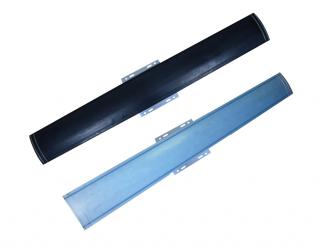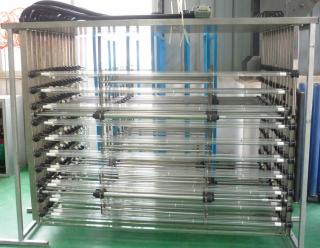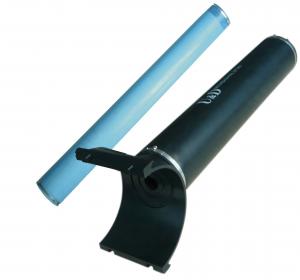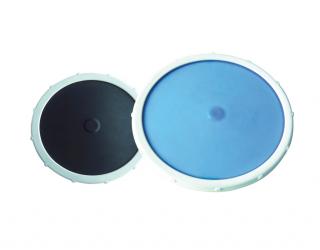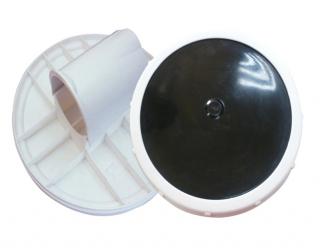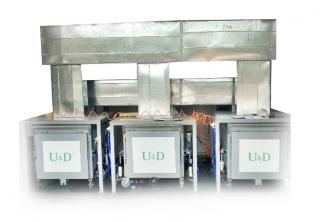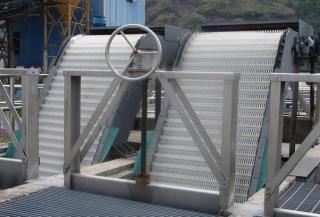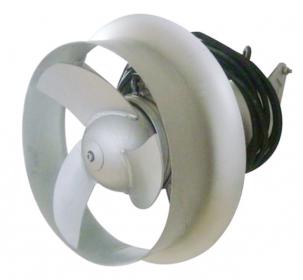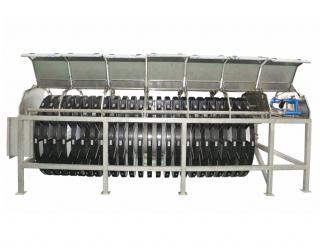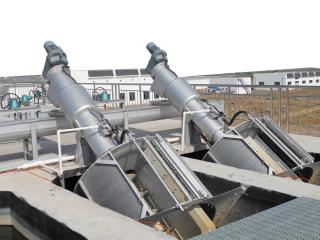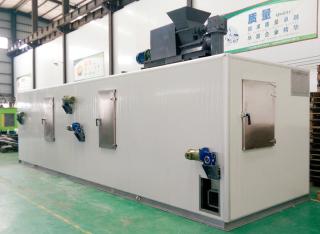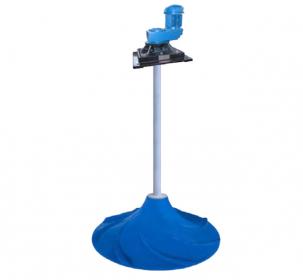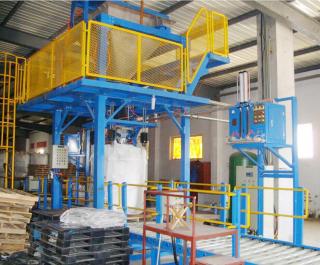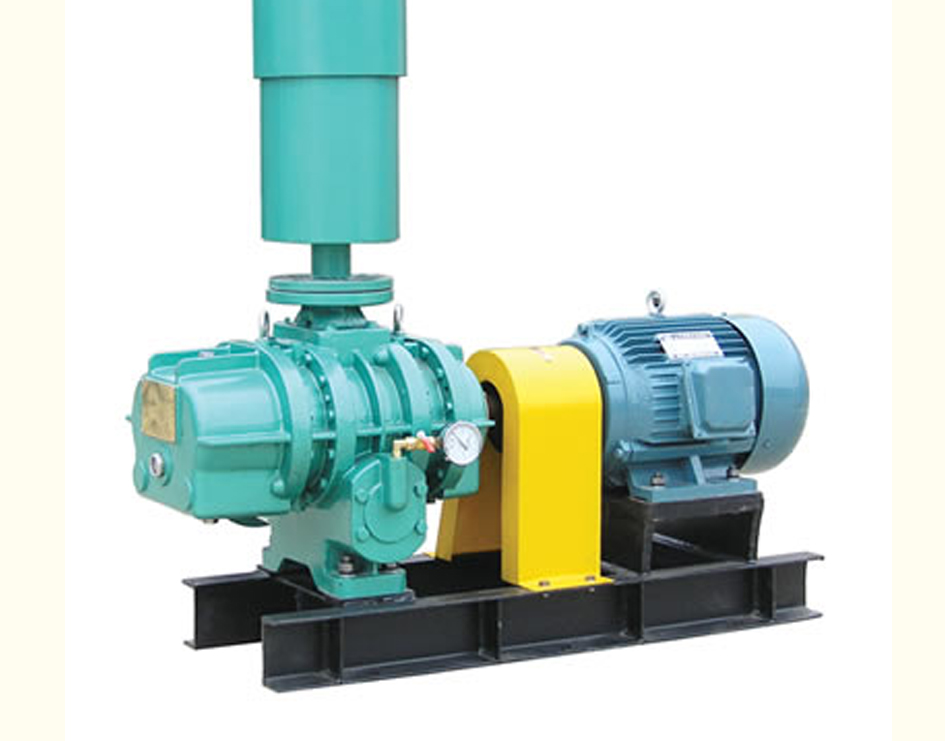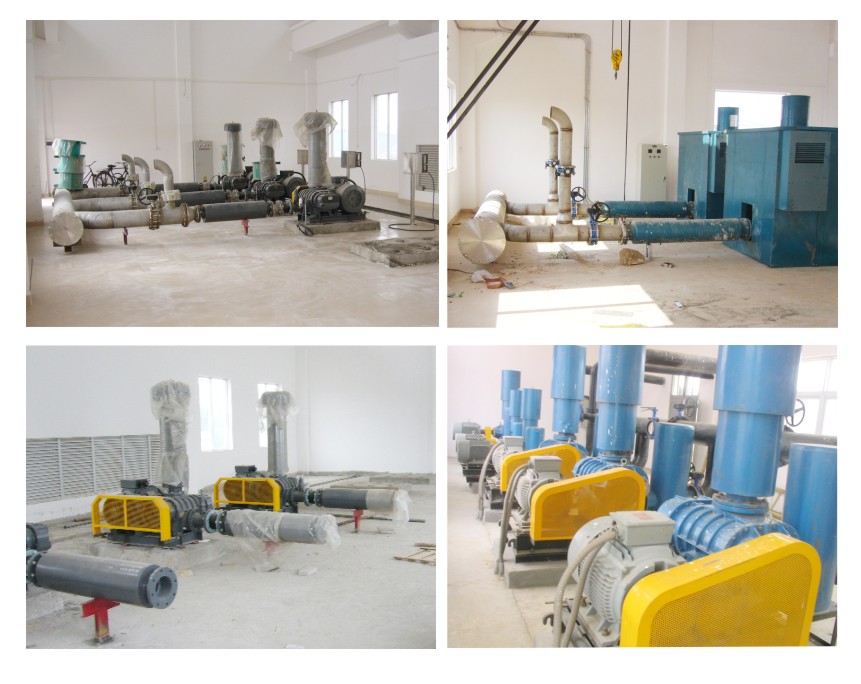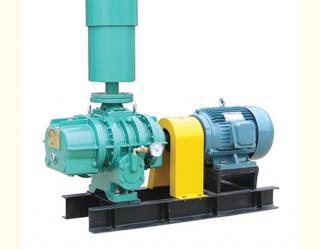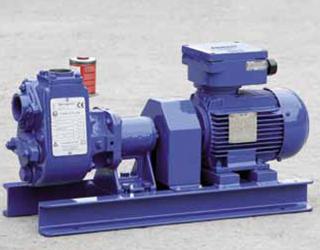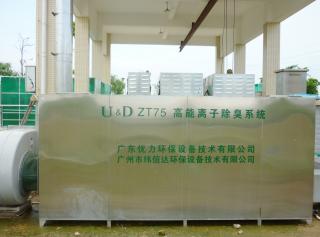- Product Overview
- Comments
- Project Case
I. Product Overview
It is a new-generation low energy consumption, low noise product that is developed by use of such international
lead-edge technologies as three-blade and inner reflux. It integrates blower, motor, filter, imported/ exported silencer,
elastic joint, safety valve, check valve and pressure meter, and it can be provided with PLC signal interface, smart
monitor and sound insulation enclosure. It is characterized by compact structure, complete functions, easier design
and installation, and more convenient operation and maintenance. NSR series three-bladed battery-type low-noise Roots blower uses the advanced design technologies like three-bladed cycloid blade and inner reflux structure,
as well as the high-precision manufacturing technologies, so it can operate stably even at high pressure. It is widely
applied, and has many kinds of sealing structures, and so it meets the requirements for various special operating
modes, and is also the preferred choice for the users under 9.8~98kPa.
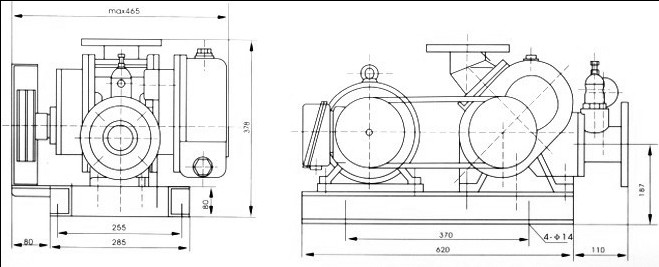
II. Parameters
Flow rate: the flow rate Qs in the performance table refers to the inlet flow rate of the Roots blower in the standard
inlet condition,
with air as media. The flow rate for other media or non-standard condition needs to undergo conversion.
Flow rate conversion: when the inlet flow rate is expressed by the flow rate Qn in the normal condition
(temperature 0℃, absolute pressure 101.325kPa), it needs to be converted into the flow rate Qs in the standard
inlet condition according to the following
formula, and then the performance table should be consulted (generally, humidity is not considered).
Qs=1.0733Qn
When the inlet temperature ts is much higher or lower than 20℃, or the molecular weight M of the inlet gas widely
deviates from that of air 29, the actual inlet flow rate Qs should be calculated according to the following formula:
Qb=(Qth-Qsa)×[(273+ts)/(273+20)×29/M]1/2
Qs=Qth-Qb
Where:
Qb represents the internal leakage rate (m3/min) when the inlet gas temperature is ts℃, and the molecular weight
is M;
Qth represents the theoretical flow rate (m3/min) (it is the inlet flow rate when pressure is raised as required,
which can be obtained from the performance table after preliminary type selection as per the table);
Qsa represents the actual flow rate (m3/min) in the standard inlet condition (it is the flow rate as appears in
the performance table after preliminary type selection).
Pressure units are converted as follows: 9.8kPa=0.1kgf/cm2=1000mmH2O=73.5mmHg=98mbar=0.0967atm.
For the performance parameters as given in the performance table, air is used as media; for other media or inlet
condition other than the standard inlet condition, the flow rate needs to undergo right conversion.
- Dr Sir, i have just purchase 25 of your companies finebubble disc diffusers from PT biomicrobe Pty Jakarta.I intend to use them for my commercial fish tanks . I am looking for a blower to suit these diffuses which are your small 8 inch diameter ones . Please advise me what blower I should use. I am using 60 meters of 2.5 PVC pipe, 25 fish tanks are 2.5 meters diameter and 1 meter deep. My email address is trotmanandrew@yahoo.com.from andrew!
- Dr Sir, i have just purchase 25 of your companies finebubble disc diffusers from PT biomicrobe Pty Jakarta.I intend to use them for my commercial fish tanks . I am looking for a blower to suit these diffuses which are your small 8 inch diameter ones . Please advise me what blower I should use. i am using 60 meters of 2.5 PVC pipe, 25 fish tanks are 2.5 meters diameter and 1 meter deep!
- Dr Sir, i have just purchase 25 of your companies finebubble diseac diffusers from PT biomicrobe Pty Jakarta.I intend to use them for my commercial fish tanks . I am looking for a blower to suit these diffuses which are your small 8 inch diameter ones . Please advise me what blower I should use. i am using 60 meters of 2.5 PVC pipe, 25 fish tanks are 2.5 meters diameter and 1 meter deep!
- more









